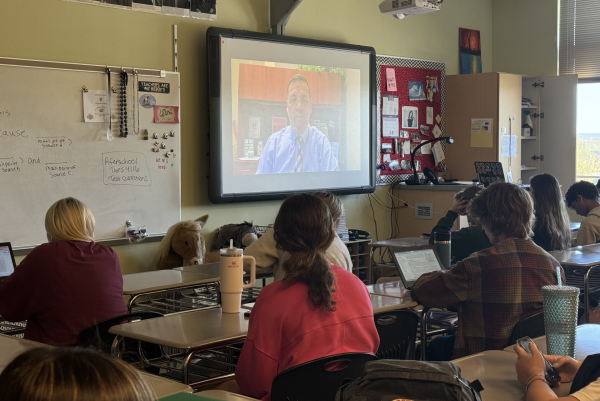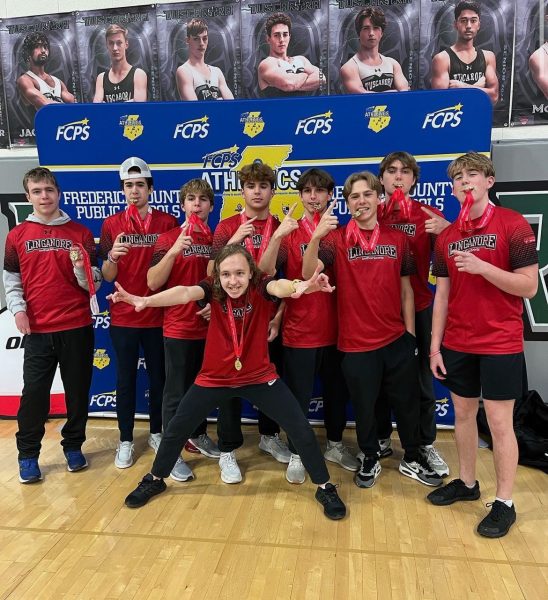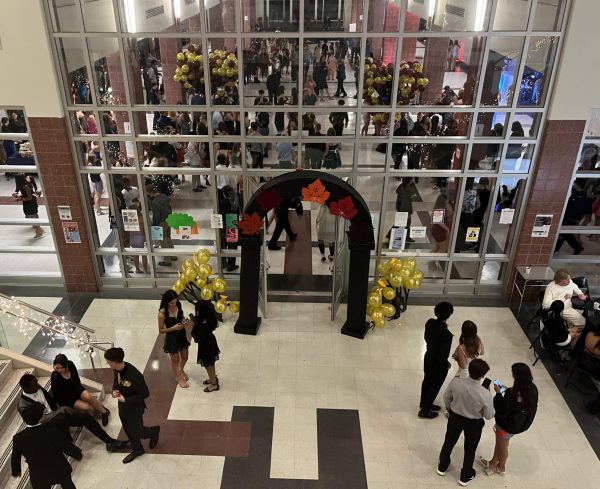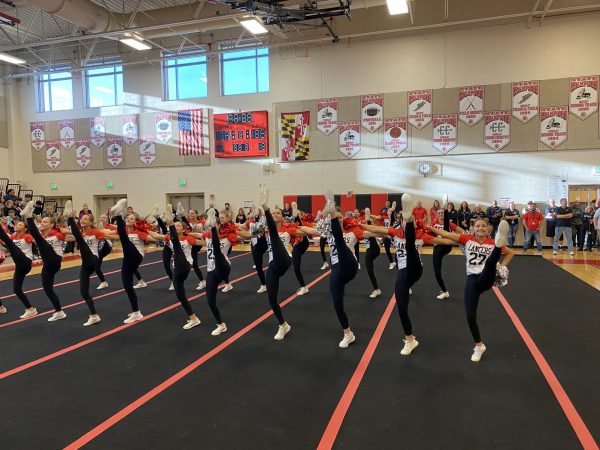High school based dual enrollment makes its debut in 2015-2016
Definition of high school based dual enrollment
February 28, 2015
Many are already familiar with the open campus program. Students are able to take classes at FCC that fulfill both high school and college credits during their senior year. In 2015-2016, a new opportunity is open to future seniors. The high school based dual enrollment program, which has already been implemented in Oakdale, Governor Thomas Johnson, Walkersville, and Tuscarora High Schools, will bring FCC classes to you. Students can take college courses on the Linganore campus.
What does a student need to know about the dual enrollment program before registering for a class?
Students
The expectations of the college course in a high school classroom are no different than they would be in the usual FCC environment. Choosing to take a college course as a high school student is a huge step and requires independence and maturity. While staying in the building can provide a sense of familiarity for those who want the challenge of college classes, but aren’t quite ready to fly the coop yet, teachers won’t be there to coddle. The physical sense of independence may not be fully present, but the mental capability to step up to the plate and fend for oneself will be fully required.
Not only do these dual enrollment classes affect grades in high school, but they also have an early impact on college GPA as well. What this means is that the pressure is on the student because the effect is compounded and they should understand the consequences. On a positive note, however, there are great rewards to hard work. The expectation is that students should put in an hour of studying for every hour they spend in class. Three hours of class per week means at least three hours of preparation for a 3-credit course.
Linganore
Students will use college resources to succeed. The details for how Linganore will be able to provide the resources found at FCC are still under construction. There’s a lot for the school to figure out in order for students to have the full experience of a college class. Being able to stay in the Linganore building will give a home field advantage, but it opens up uncharted territories for the school. For example, each FCC course has a companion Blackboard site that is used as an integral part of the class, but with computer lab availability, the administration will have to problem-solve to provide resources for students.
Another one of the school’s struggles is figuring out how to bring services like college level tutors, which are available at FCC, to Linganore. Since the students are members of FCC, they follow the same rules as full-time college students. They check their grades through FCC, manage their own work, and won’t have the option to simply retake a test or turn in late work. Implementing the program is a complex puzzle requiring students, the school, and teachers to make the most successful solution.
Teachers
Teachers’ roles in making the program function are just as critical as the school’s and require just as much decision-making. In order to be qualified to teach the classes, the teachers, who will be FCPS certified, must have a Master’s degree or equivalent in the specific subject they would teach. Since the teachers would probably take on a Monday/Wednesday class and a Tuesday/Thursday class, each containing about 20 students, they would also have to take into consideration their future workload, since the possible 40 students is greater than the size of an average high school class. This workload would also be more concentrated since the classes would be run on FCC’s schedule, which runs from August to early December, eliminating about a month of the class time laid out in the FCPS schedule.
Cost
The biggest advantage to taking the class on campus is on the family budget. The specially certified FCPS employed teachers are certified through FCC as adjunct professors to teach the classes. Usually, a part-time professor would be paid per class, but since the teachers are under contract with FCPS, they continue to receive their regular salary only. What this means is that, by offering classes at high schools, FCC is saving money by not having to pay these professors and students, in turn, save money, as well. In fact, open campus classes can cost close to $400, but the high school based classes will cost $150. Students will have the option to buy or borrow textbooks, which can save more money.
Qualifying for the courses
Placement tests are expected to be given at the end of April this year to juniors who are interested in applying for the program; however students can place out of the test by earning an SAT critical reading/writing score of 550 or higher or ACT scores of 21 and above. Because the program is expected to be popular, and there may be more demand than seats, it’s important to meet all deadlines. More details on this program will be sent home in the near future as decisions are finalized, but the most important decision will be the one made by you.
For more information talk to Mr. Greg Keller or Kathy Becker, staff members in charge of the dual enrollment program at LHS.













